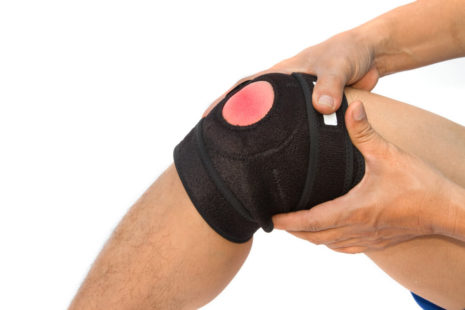Yes, physical therapy can be very effective in addressing tight hips. Tightness in the hip muscles can lead to discomfort, reduced range of motion, and limitations in daily activities. Physical therapy can help identify the underlying causes of hip tightness and provide targeted interventions to alleviate the tightness and improve hip flexibility.
Here’s how physical therapy can help with tight hips…
- Assessment and Diagnosis – A physical therapist will conduct a thorough evaluation to assess your hip flexibility, strength, and overall movement patterns. They will also inquire about your symptoms and any activities that may be contributing to the tightness.
- Stretching Exercises – Physical therapists can design a personalized stretching program to target specific tight hip muscles. These stretches are aimed at improving flexibility and reducing muscle tension.
- Strengthening Exercises – Weakness in certain hip muscles can contribute to tightness in other muscles compensating for the weakness. Strengthening exercises for the hip muscles can help improve muscle balance and reduce tightness.
- Manual Therapy – Physical therapists can use hands-on techniques such as joint mobilization and soft tissue massage to help release tension in the hip muscles and improve mobility.
- Posture and Body Mechanics – Physical therapists can assess your posture and body mechanics during various activities to identify any movement patterns that may be contributing to hip tightness. They can then guide proper alignment and movement to prevent further tightness.
- Education and Home Exercises – Physical therapists educate patients on self-care strategies and home exercises to continue the progress made during therapy sessions. These exercises help promote long-term flexibility and prevent future tightness.
- Activity Modification – If certain activities or exercises are exacerbating hip tightness, physical therapists can recommend modifications to protect the hip joints and prevent further strain.
- Pain Management – If tight hips are causing pain, physical therapists can provide pain management techniques such as heat or ice therapy and teach pain-relieving positions or movements.
It’s necessary to attend physical therapy sessions consistently and follow the therapist’s recommendations for exercises and lifestyle modifications to achieve the best results in addressing hip tightness. Every individual’s situation is unique, so a tailored approach is crucial to address specific tightness issues and provide a comprehensive treatment plan for long-term improvement.



